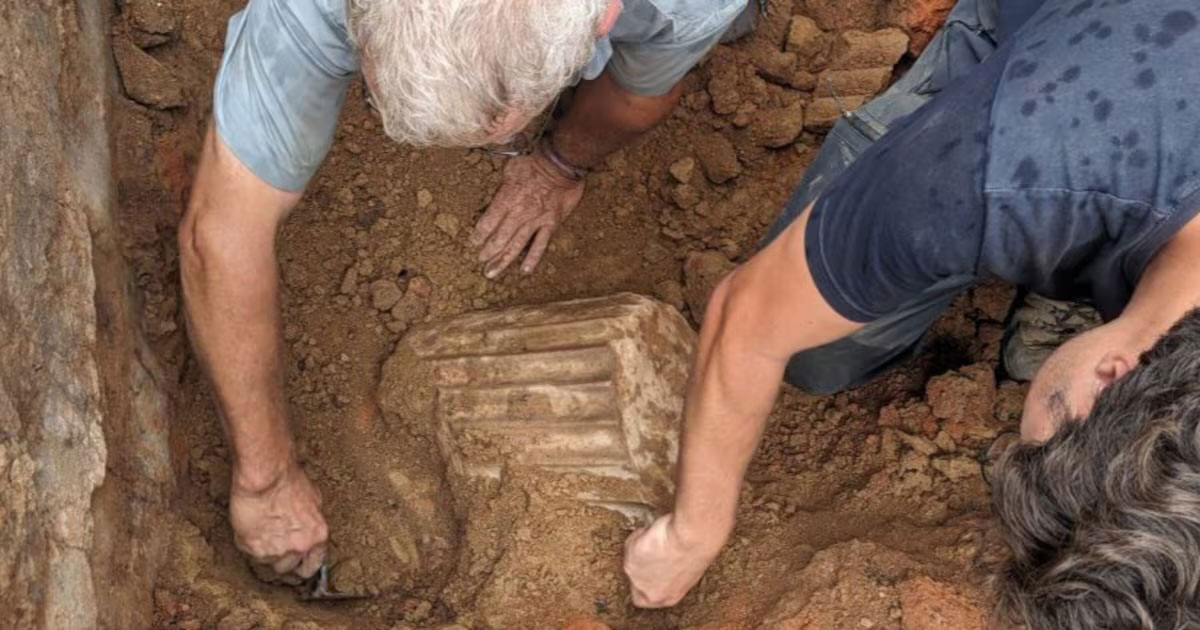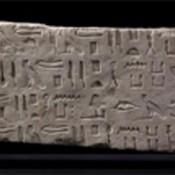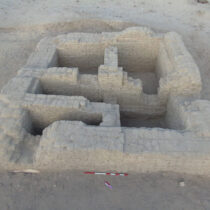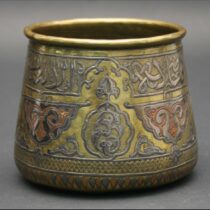Archaeologists in Spain have made a groundbreaking discovery: the oldest known Greek marble altar ever found in the western Mediterranean. This significant find emerged during the latest excavation season at Casas del Turuñuelo, an ancient Tartessian site in Guareña, located in the Extremadura region of southwestern Spain.
The archaeological team, led by experts from the Mérida Institute of Archaeology—run jointly by Spain’s National Research Council (CSIC) and the Extremadura regional government—believes the altar dates back to the 5th century B.C. This highlights the area’s active role in long-distance trade during the Tartessian era.
A unique artifact from Asia Minor
The altar, crafted in the form of a column, stands about 1.5 meters (5 feet) tall and is 60 centimeters (24 inches) in diameter at its base. It is made from Proconnesian marble, which originates from the island of Marmara (ancient Proconnesus) in modern-day Turkey.
Anna Gutiérrez, a marble expert from the Catalan Institute of Classical Archaeology, conducted a visual analysis to identify the marble type. Further laboratory analysis is underway to pinpoint the exact quarry.
Lead archaeologists Esther Rodríguez and Sebastián Celestino emphasized the altar’s uniqueness—not only for its material and age but also for its inland location. Greek marble objects have been found in Spanish coastal areas such as Ampurias in Gerona, but this is the only known example of Asian marble discovered so far from the sea.
Evidence of Mediterranean exchange
The altar was uncovered alongside imported Greek ceramics, including Athenian drinking cups, suggesting vibrant cultural exchange. Previous finds at the site—such as fragments of Macedonian glassware and marble sculptures—support the theory that Casas del Turuñuelo was connected to a wider Mediterranean trade network, rather than being an isolated community.
“This discovery once again demonstrates the political and economic importance of this enclave,” said Celestino.
Advanced Water Engineering
In addition to the altar, the excavation team revealed an ancient water channel system beneath the eastern section of the site. Built from stone and nearly a meter high, the channel predates the surrounding structures and appears to have been part of the site’s original infrastructure.
The find showcases the Tartessians’ technical sophistication. According to Celestino, the complex water management proves the site was not a simple settlement but a carefully planned construction.
Only half of the site explored
Since excavations began in 2015, only around 50% of Casas del Turuñuelo has been explored. Past discoveries include evidence of mass animal sacrifice, the first known human depictions from Tartessos, and a slate tablet etched with battle scenes and what may be a local script.
Government support for ongoing research
At a recent press conference, Extremadura’s Minister of Culture, Victoria Bazaga, praised the discovery and called Casas del Turuñuelo “the center of global scientific research.” She confirmed the regional government’s commitment to supporting further excavation and transforming the site into a resource for education and public engagement.





